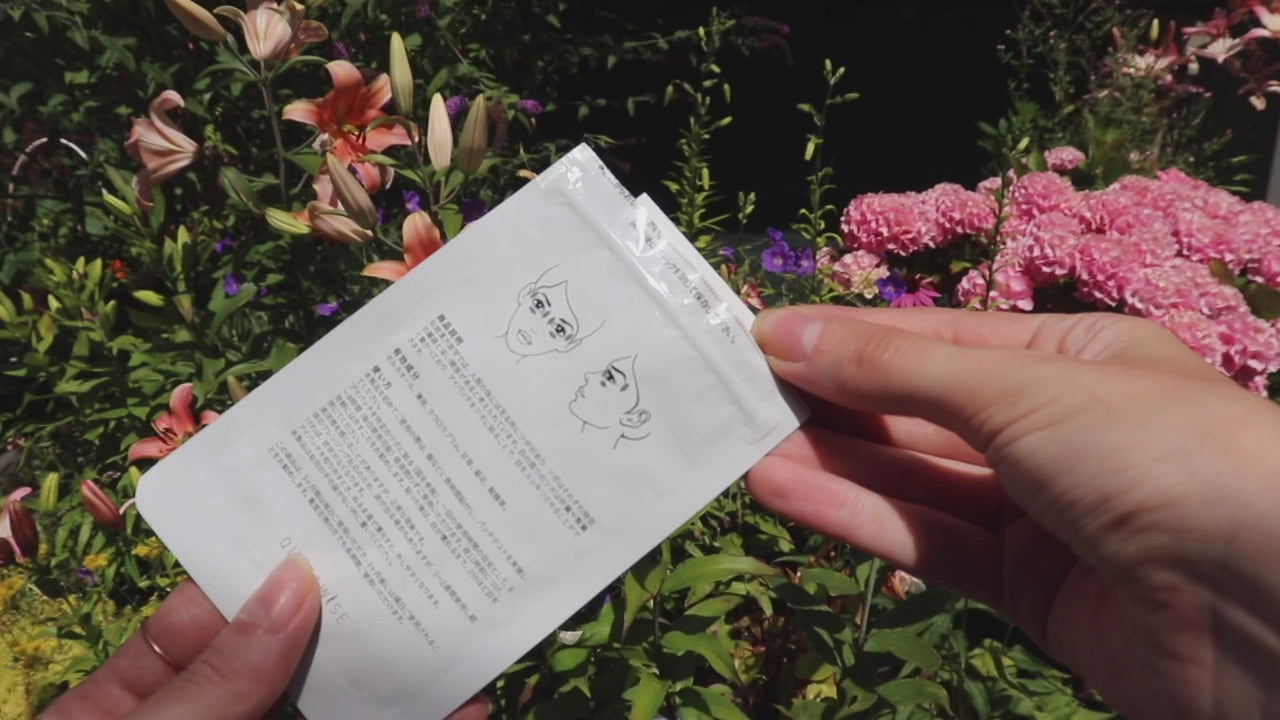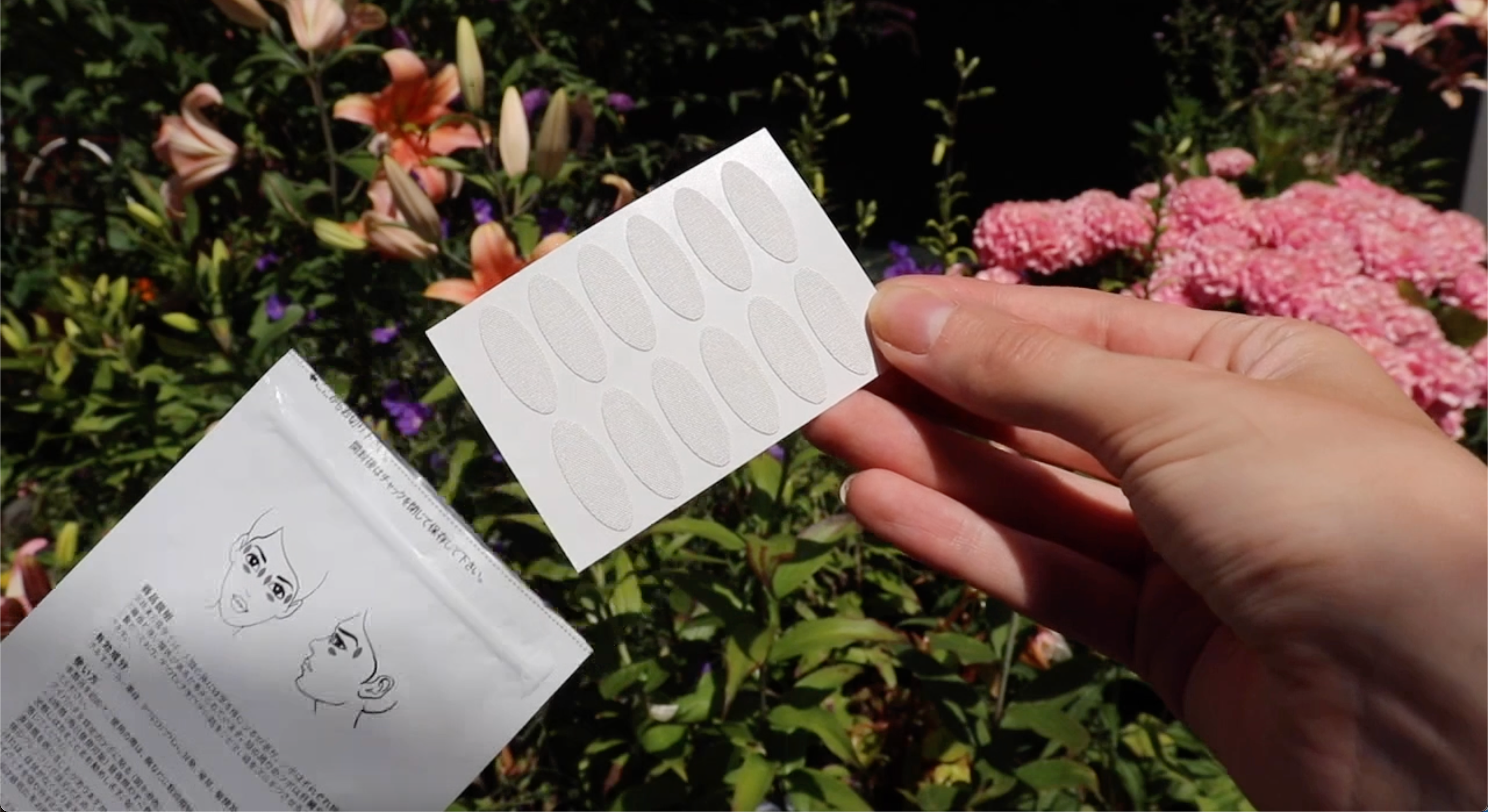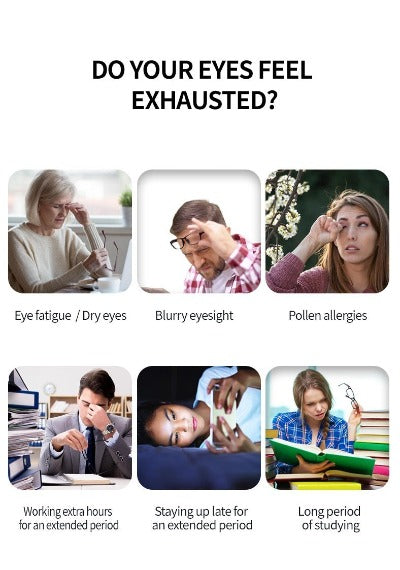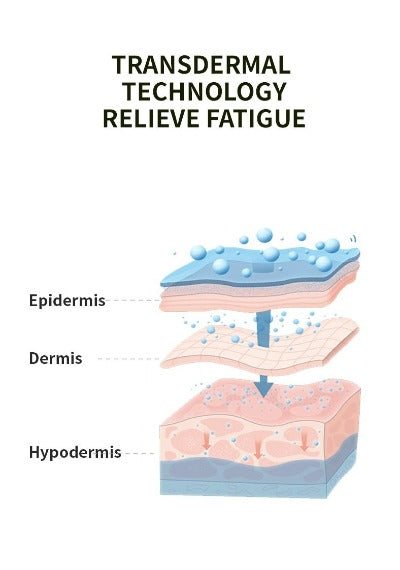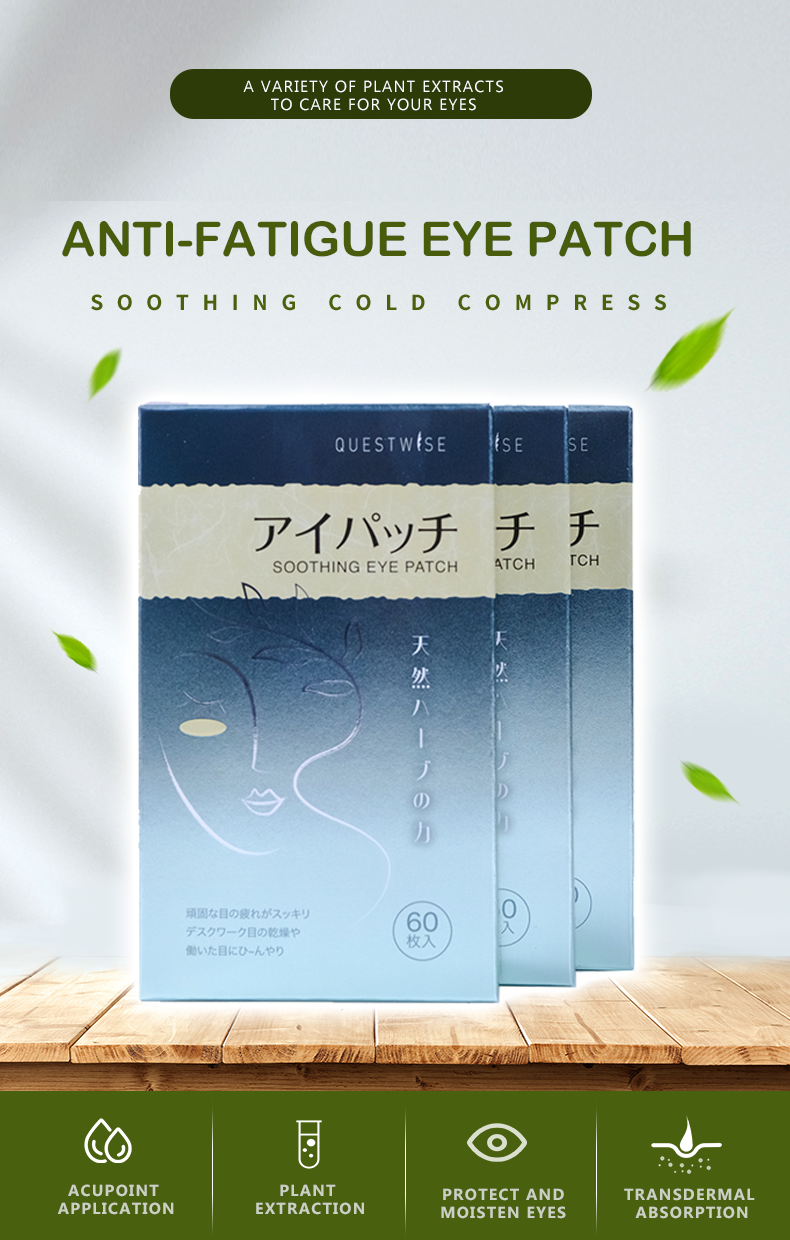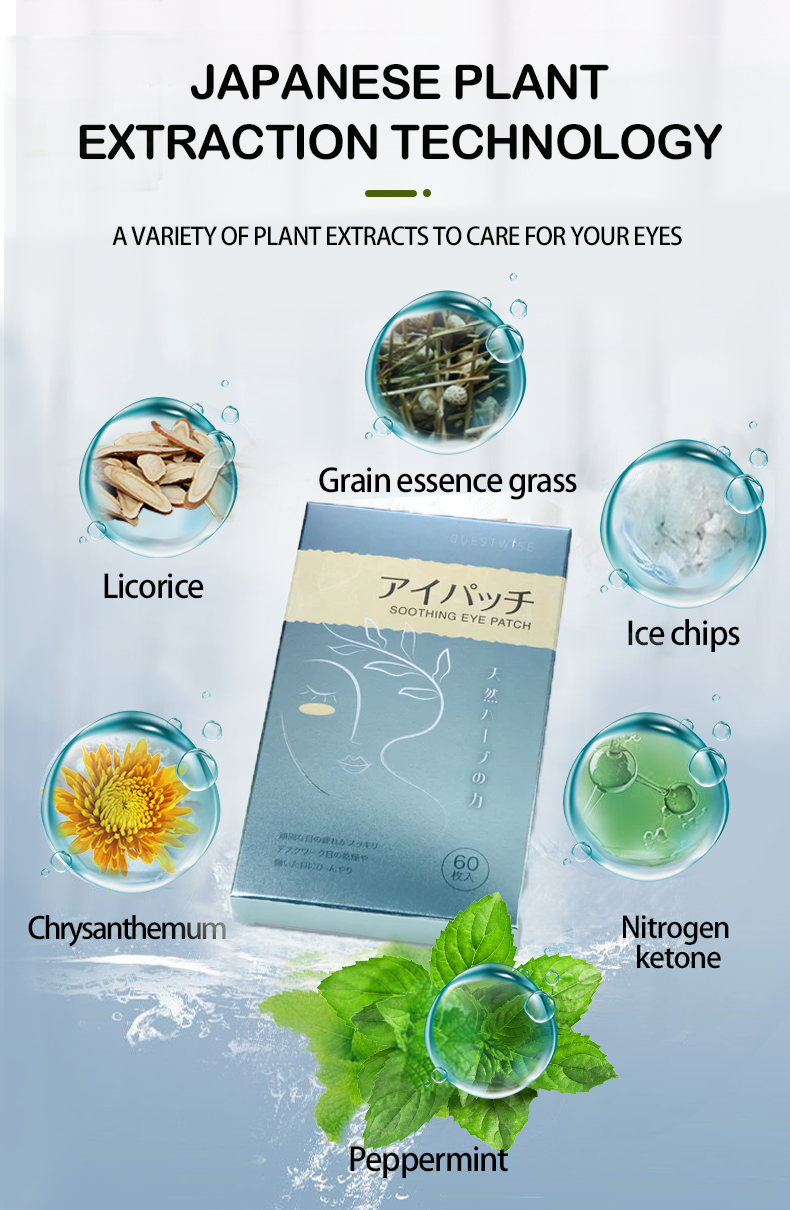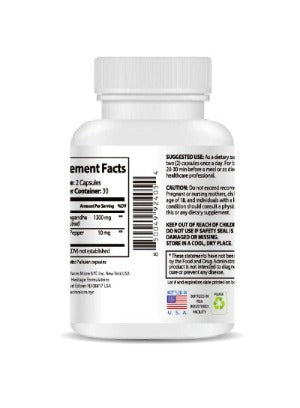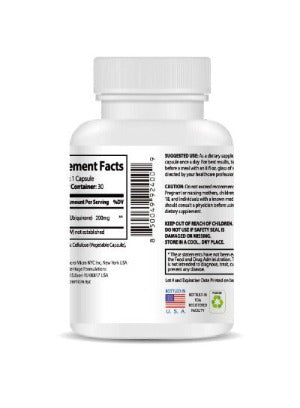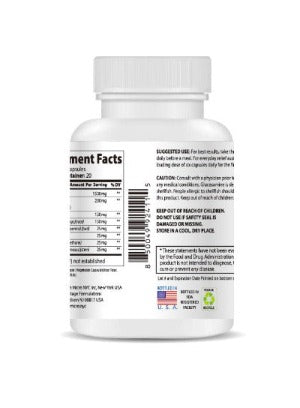Can High Eye Pressure Be Reversed? Expert Insights and a Comprehensive Guide to Eye Health
High eye pressure, also known as ocular hypertension, is a condition where the pressure inside your eye is abnormally high. While not always a direct cause of glaucoma, it's a significant risk factor. This elevated pressure can damage the optic nerve, the crucial pathway transmitting visual information to the brain. This comprehensive article explores the complexities of high eye pressure, examining potential reversal strategies, lifestyle modifications, and the role of supportive eye care products in promoting overall eye well-being. We'll delve into the latest research and offer practical advice to help you take control of your eye health.
Understanding the Intricacies of High Eye Pressure
The pressure within your eye, or intraocular pressure (IOP), is a delicate balance between fluid production and drainage. When this balance is disrupted—often due to a malfunction in the drainage system—fluid builds up, leading to increased IOP. This persistent pressure can gradually damage the optic nerve, potentially leading to vision loss or even blindness if left unmanaged. Several factors influence the development of high eye pressure, including:
- Genetics: A family history of glaucoma or high eye pressure significantly increases your risk.
- Age: The risk of developing high eye pressure generally increases with age.
- Ethnicity: Certain ethnic groups, such as African Americans and Hispanics, have a higher prevalence of high eye pressure and glaucoma.
- Underlying Medical Conditions: Conditions like diabetes, cardiovascular disease, and migraines can increase your susceptibility.
- Medications: Some medications, such as steroids, can contribute to increased eye pressure.
Understanding these contributing factors is crucial for early detection and preventative measures.
Is Reversing High Eye Pressure Possible? A Detailed Examination
The question of whether high eye pressure can be completely reversed is multifaceted. While a complete return to perfectly normal IOP might not always be attainable, effective management strategies can significantly lower pressure, slow or halt the progression of optic nerve damage, and ultimately, preserve vision. These strategies often involve a combination of:
- Medical Interventions: Eye drops, oral medications, and laser treatments can effectively lower IOP. Your ophthalmologist will determine the most appropriate approach based on your individual needs and the severity of your condition.
- Surgical Procedures: In more severe cases or when medical treatments prove ineffective, surgery may be necessary to improve fluid drainage and reduce IOP. Several surgical techniques are available, each tailored to specific circumstances.
- Lifestyle Modifications: A proactive approach to lifestyle significantly impacts eye health. Regular exercise, a balanced diet, stress reduction, and sufficient sleep all contribute to overall well-being and reduce the risk of complications.
Lifestyle Changes: Your Active Role in Eye Health Management
Lifestyle plays a crucial, often underestimated, role in managing high eye pressure. Adopting and maintaining healthy habits can significantly enhance eye health and minimize further complications. These key lifestyle changes include:
- Regular Exercise: Moderate-intensity physical activity, such as brisk walking, cycling, or swimming, improves blood circulation throughout the body, including the eyes. Aim for at least 30 minutes of exercise most days of the week.
- Balanced Nutrition: Focus on a diet rich in fruits, vegetables, and omega-3 fatty acids. These foods are packed with antioxidants that protect against oxidative stress, a known contributor to eye damage. Limit processed foods, sugary drinks, and excessive saturated fats.
- Stress Reduction: Chronic stress can negatively impact various bodily systems, including the eyes. Practice stress-reduction techniques like yoga, meditation, deep breathing exercises, or spending time in nature. Prioritize activities that bring you joy and relaxation.
- Adequate Sleep: Aim for 7-8 hours of quality sleep each night. Sleep deprivation can exacerbate eye strain and negatively impact overall health, potentially influencing eye pressure.
- Screen Time Management: Prolonged screen time contributes to digital eye strain, which can lead to eye dryness, fatigue, and discomfort. Follow the 20-20-20 rule: every 20 minutes, look at an object 20 feet away for 20 seconds.
The Supportive Role of Eye Care Products
While eye care products cannot directly reverse high eye pressure, they can complement medical treatments and lifestyle changes to promote eye comfort and well-being. Addressing common eye problems like dryness, fatigue, and redness can contribute to a healthier ocular environment. One such product designed to support eye comfort is the Wise Quest Soothing Eye Patches.

The Wise Quest Soothing Eye Patches, harnessing the power of traditional Chinese herbal medicine, are formulated to relieve eye fatigue, dryness, astringency, redness, and swelling often caused by prolonged screen use or other factors. By promoting healthy blood circulation around the eyes, they help alleviate discomfort and contribute to a more comfortable, healthier eye environment. These soothing patches provide a simple yet effective way to incorporate self-care into your daily routine.
Regular Monitoring and Professional Care: The Cornerstones of Eye Health
Regular comprehensive eye exams are paramount for monitoring your eye pressure and overall ocular health. Early detection of high eye pressure allows for prompt intervention, significantly reducing the risk of long-term vision complications. Your ophthalmologist can perform a thorough eye exam, including IOP measurements, to assess your condition and recommend the most appropriate course of action. This may include medication, lifestyle adjustments, or in some cases, surgical intervention.
Advanced Treatment Options and Ongoing Research
Medical science is continually advancing, leading to innovative treatments for managing high eye pressure. New medications, improved surgical techniques, and ongoing research are promising developments in this field. Staying informed about the latest advancements is vital for optimal eye health management. Consult your ophthalmologist regularly to discuss the most up-to-date treatment options available.
Conclusion: Embracing a Proactive Approach to Eye Health
While completely reversing high eye pressure isn't always possible, effective management is achievable through a comprehensive strategy. This involves a combination of medical interventions, carefully considered lifestyle changes, and the use of supportive eye care products, such as the Wise Quest Soothing Eye Patches to promote overall eye well-being. Regular eye exams, proactive lifestyle choices, and close collaboration with your ophthalmologist are crucial steps in preserving your vision and ensuring optimal eye health for years to come. Remember, your proactive involvement is essential in protecting your most precious sense.



